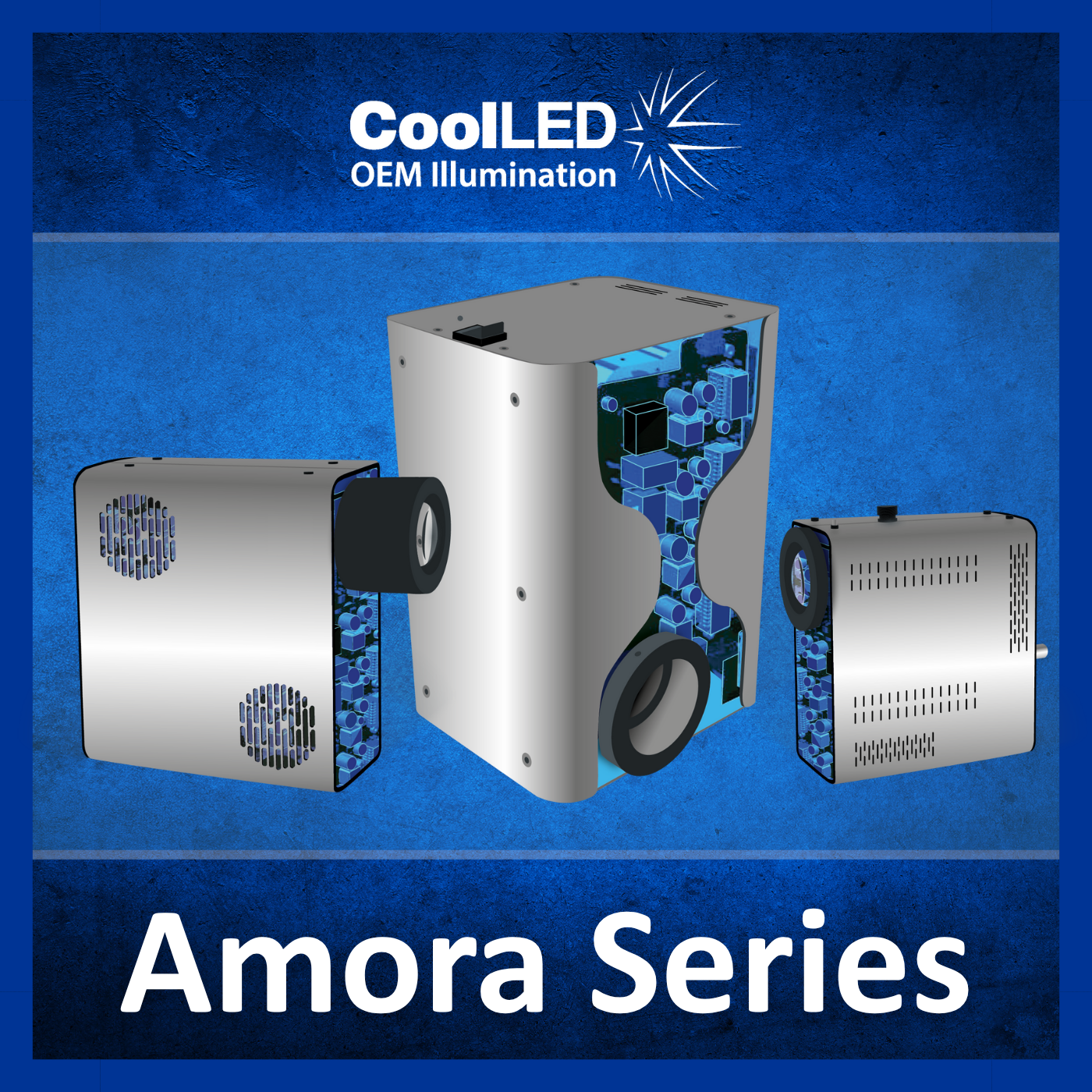Why Designing a Fluorescence LED Illumination System Is Anything but Plug-and-Play
In the world of life sciences, microscopy, diagnostics, and imaging, it’s tempting to think that “lighting up a sample” is trivial. After all, anyone can point a lamp or an LED at a slide, right? But scratch beneath the surface, and you’ll find an intricate, multi-parameter engineering challenge – one that demands decades of R&D, constant innovation, and deep domain knowledge.
That’s the message behind our latest White Paper, titled “Designing a Custom Fluorescence LED Illumination System”.
More than a guide, it is a testament to 20 years of commitment, iteration, and leadership in the field of fluorescence LED illumination.
The Illusion of Simplicity (and its pitfalls)
At first glance, building a fluorescence illumination system looks deceptively simple: pick an LED, aim it, filter the excitation, collect emission. But in practice, that checklist balloons into a host of interwoven constraints: optical alignment, thermal management, spectral purity, uniformity, power stability, stray light rejection, lifetime, reliability, and integration with microscopes or imaging systems, among many others.
The white paper kicks off by dismantling common misconceptions:
-
Spectral matching is not just “close enough.” In fluorescence, even small spectral mismatches or filter bleed can dominate the signal-to-noise ratio.
-
Uniformity across the field of view is critical. Uneven illumination ruins quantitative imaging.
-
Thermal effects and stability matter. LEDs may appear stable, but under real use conditions – even over hours or days – thermal drift can shift intensities or degrade performance.
-
Integration is not modular plug-and-play. Mechanical tolerances, coupling optics, stray reflections, and system geometry must all be optimized together.
In short: good enough is rarely good enough when you need reproducibility, sensitivity, and consistency.

Why CoolLED Spent Two Decades to Master This
Rather than concede to half-measures or off-the-shelf shortcuts, CoolLED has spent the last 20 years pushing the boundaries of LED illumination:
-
We’ve pursued continual innovation in spectral engineering, optical coupling and beam shaping.
-
We’ve solved real-world challenges in mounting, alignment, stability, and system integration (microscopes, filter cubes, sensor boards, etc.).
-
We’ve invested in long-term reliability testing, feedback from users across biology, diagnostics, pharma, and industrial imaging.
-
Through this, we’ve become a recognized global leader in fluorescence LED illumination, delivering systems worldwide that perform at the highest level.
Our new white paper is not just a marketing brochure, it is a distillation of decades of lessons learned, pitfalls encountered, and design routes validated (and eliminated). It isn’t a “how to build your own with parts off the shelf” prescription; instead, it is a roadmap for potential customers, system integrators, and microscopy engineers to understand how hard the problem really is, and why partnering with a specialist can save years of frustration.

Why This Matters to You
If you are designing or procuring a fluorescence imaging or microscopy system – whether for biology, diagnostics, industrial inspection, drug discovery, or R&D – you need to understand that your illumination choice is not a “commodity add-on.” It underpins every downstream metric: sensitivity, reproducibility, throughput, cost of ownership.
By reading this white paper, you will:
-
Understand the hidden risks of under-designed illumination systems
-
Be better equipped to evaluate vendors and design proposals
-
Avoid costly rework, extended performance bottlenecks, or worst-case project failure
-
See clearly why specialist, proven illumination providers like CoolLED can deliver better outcomes
From system integrators to end users, this is not a document to skim; it is a reference. It unpacks why “just lighting it up” is often the hardest engineering front you face.
Access the White Paper Today
The white paper “Designing a Custom Fluorescence LED Illumination System” is now available for download on the CoolLED website.
We hope this white paper helps you see why LED illumination is not trivial – and why choosing a trusted specialist matters.






